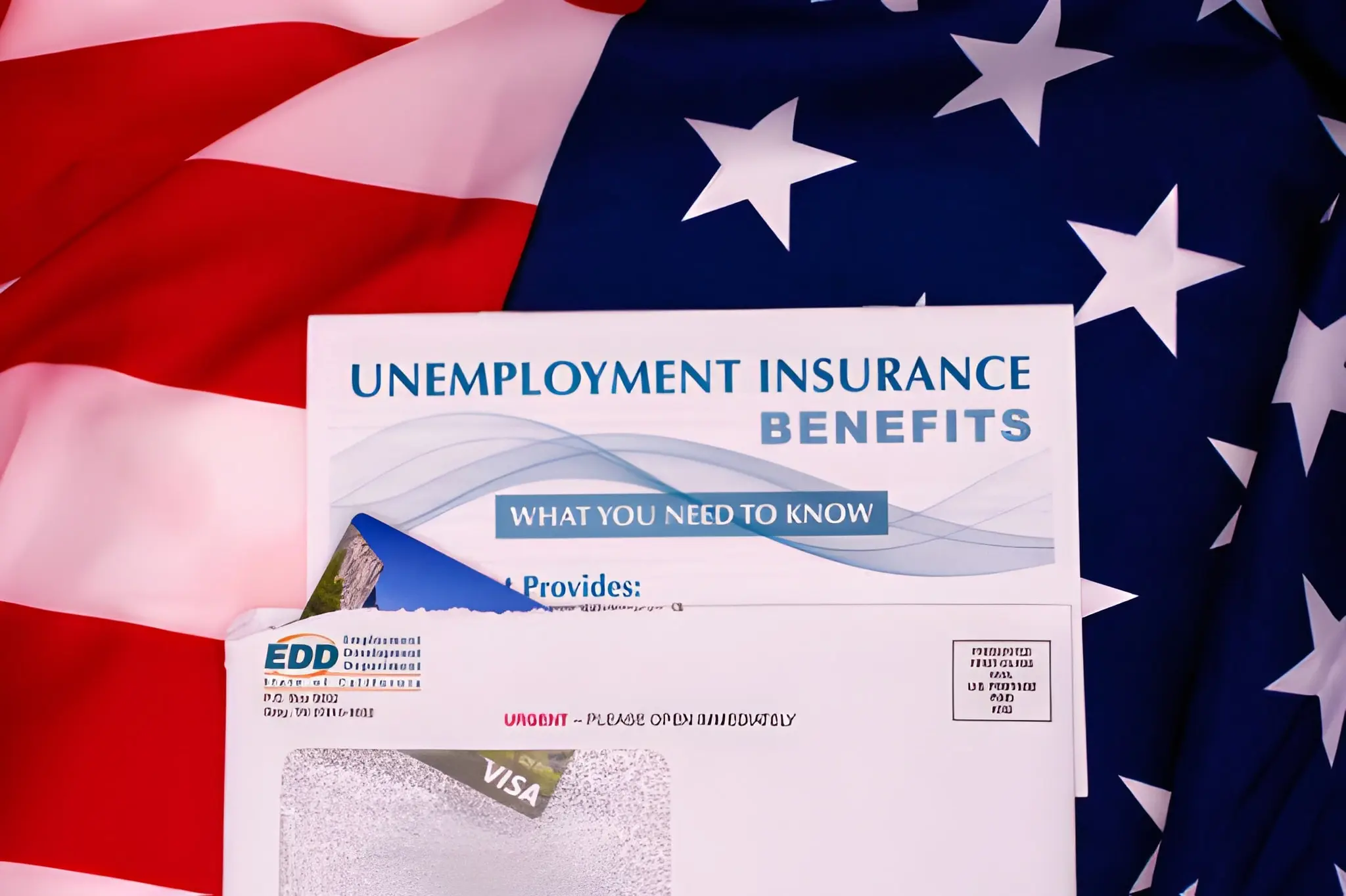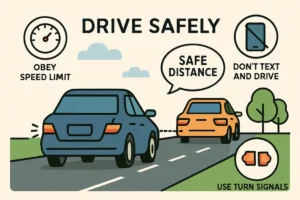Getting a birth certificate translated isn’t just about swapping words from one language to another. When you’re dealing with official documents that determine your identity, citizenship status, or legal rights in a foreign country, even a small mistake can mess up visa applications, immigration processes, or court proceedings. That’s where birth certificate translation by Sylaba comes in—they’ve built their reputation on understanding that these documents carry serious weight. A single misplaced date, an incorrectly formatted name, or a cultural nuance that gets lost can create problems that take months to fix. Sylaba’s approach combines linguistic precision with an understanding of how different countries structure vital records, which honestly makes a huge difference when you’re navigating bureaucratic systems.
Why Accuracy Goes Beyond Simple Word-for-Word Translation
Here’s something most people don’t realise until they’ve already made the mistake: birth certificates contain specific legal terminology that doesn’t always have direct equivalents in other languages. Take something as basic as “maiden name” or “family name at birth”—these terms and concepts do not exist in many countries and can carry legal implications when translated..
Sylaba’s translators know that a birth certificate from Mexico won’t follow the same format as one from the Philippines, and both are structured totally different from German ones. They’re trained to recognise these variations and translate them in ways that satisfy the receiving country’s requirements. For instance, Indian birth certificates are often issued without the child’s name, which needs to be handled carefully during the translation process.
I mean, think about date formats alone. Is it day/month/year or month/day/year? A birth date reading 05/03/1990 could mean May 3rd or March 5th depending on the country. Sylaba’s translators don’t just convert dates—they reformat them according to the target country’s standards and add clarifying notes when needed.
Cultural Sensitivity in Name Translations
Names are where things get really tricky. In many Asian cultures, the family name comes first, but Western systems put it last. Vietnamese names might include multiple middle names that indicate generational order. Arabic names include patronymics (like “bin” or “ibn”) that show lineage. Russian names have patronymics that change based on gender.
Sylaba doesn’t just transliterate names phonetically. They understand that immigration officials need to match these names across multiple documents, so consistency matters more than literal pronunciation. If your passport spells your name one way, your birth certificate translation needs to match that exact spelling even if technically there’s a “more correct” transliteration.
There’s also the issue of diacritical marks—those little accents and symbols above letters in languages like French, Spanish, or Vietnamese. Should “José” become “Jose” or stay as “José”? Should Vietnamese tone marks be preserved or dropped? Sylaba makes these calls based on what the receiving institution expects, not just on linguistic rules.
Technical Standards and Certification Requirements
Different countries have wildly different requirements for certified translations. Spain, for example, has their own Sworn Translators similar to the Australian NAATI. Italy, on the other hand, not only requires for translations to be done by approved translators, they also need to have a notarisation.
Even in Australia, translations for divorce applications need to also include an affidavit, which is a sworn statement made by the NAATI-certified translator in front of a Justice of Peace.
Sylaba stays current with these ever-changing requirements across multiple jurisdictions. They maintain updated databases of what each country’s immigration departments, courts, and vital statistics offices accept. This isn’t information you can just Google—it comes from direct experience handling thousands of cases and occasionally learning the hard way when a document gets rejected.
Their translators also understand technical details like whether to translate the issuing authority’s stamp, how to handle handwritten notations, and whether watermarks or seals need accompanying explanatory notes. Some countries want everything translated including the official seal text, while others specifically require seals to remain in the original language with a bracketed explanation.
Quality Control Processes That Actually Work
Look, most translation services claim they have quality control, but Sylaba’s process involves multiple checkpoints that catch the kinds of errors that slip through elsewhere. After the initial translation, a second translator reviews it without seeing the original to check if the translated version makes logical sense and follows proper legal document formatting.
Then there’s a technical review where they verify all numbers, dates, and names match exactly. This might sound excessive, but transposition errors are incredibly common—writing “1983” instead of “1938” or mixing up sibling birth order. These mistakes can invalidate an entire application.
They also maintain consistency databases for clients who need multiple documents translated. If your surname was transliterated a specific way in your passport translation, that exact spelling gets used in your birth certificate, marriage certificate, and any other documents. Immigration officials flag inconsistencies between documents, and even justified variations can trigger delays or requests for additional evidence.
Handling Incomplete or Damaged Documents
Real birth certificates aren’t always pristine. Some are handwritten in fading ink, others have stamps that partially obscure text, and plenty have water damage or torn sections. Sylaba’s translators are trained to work with these imperfect documents, indicating where text is illegible or unclear rather than guessing or making assumptions.
They’ll add bracketed notes like “[illegible text]” or “[illegible handwriting]” to maintain transparency.
Also Read-
- Trawling vs. Trolling: Differences, Techniques & Impact
- Along for the Ride: Meaning, Origins, Real-Life Usage
- Condition-Based Monitoring: A Game Changer for OT Maintenance











